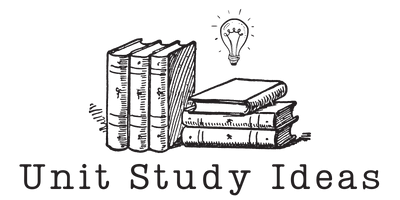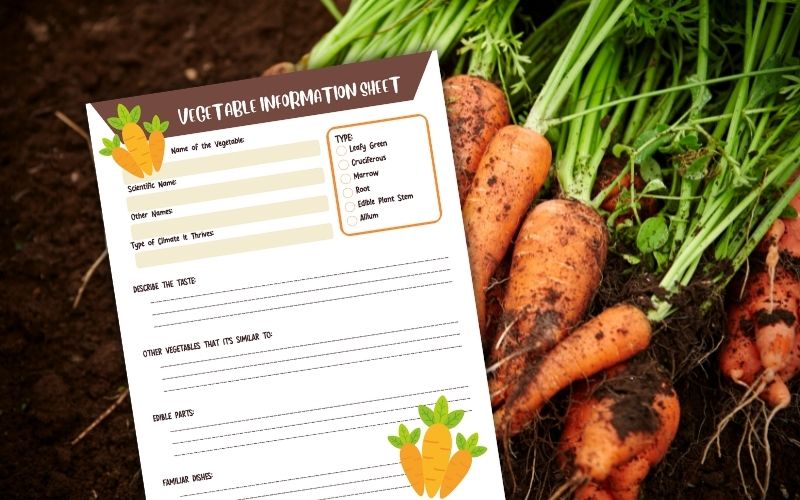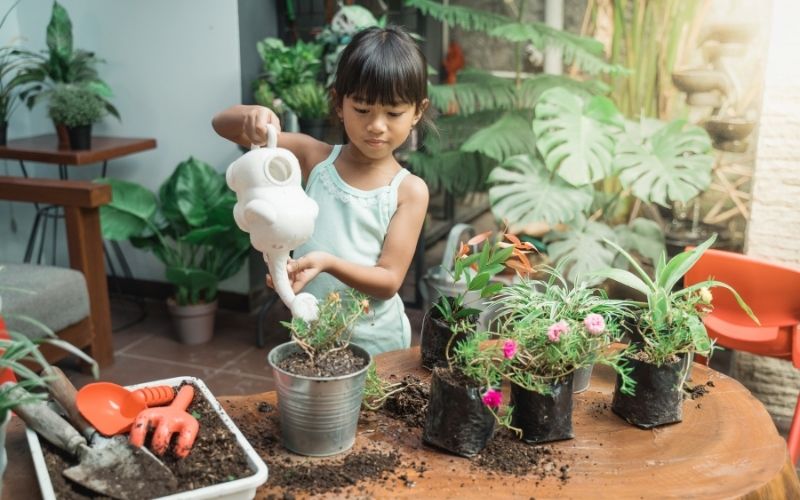Human Body Unit Study Ideas for Homeschoolers
The human body is a fascinating and complex system, perfect for captivating the interest of homeschoolers. Exploring the different aspects of human anatomy, including bones, organs, and cells, can provide a valuable learning experience for students of all ages. A well-rounded human body unit study promises to be both educational and engaging, allowing your homeschoolers to develop a deeper understanding of our miraculous human bodies.

To make the most of your human body unit study, incorporate various activities and resources to convey information in an interactive, hands-on manner. From DIY experiments to informative books and multimedia content, there are numerous available tools to make the learning process exciting and thorough.
One approach to creating a comprehensive human body unit study is to provide a foundation of knowledge on the subject matter before delving deeper into specific systems and functions. Ensuring that your homeschoolers are familiar with the basic concepts behind our body’s makeup will help them approach the more intricate lessons – such as those on the cardiovascular, or respiratory systems – with confidence and comprehension.
I always loved using Apologia Science books with my homeschool kids and their Human Anatomy and Physiology textbook is a fantastic resource if you want a full curriculum.
Human Body Unit Study Overview
Teaching your kids about the human body can be an engaging and fun experience if you have the right resources. A unit study is an excellent way to introduce your child to the various systems and organs within the human body, as it combines a variety of topics within one comprehensive subject matter.
Incorporating hands-on activities and interactive resources will greatly enhance your child’s learning experience. For example, you can use resources such as the Squishy Human Body, allowing your child to explore a model of the body and learn about the organs in a tactile manner. Additionally, incorporating educational videos, games, and other multimedia materials found in The Waldock Way’s Human Body Unit Study can provide your child with a comprehensive understanding of the human body.
As you delve deeper into the study, you can also explore the history of anatomy and famous anatomists, such as Andreas Vesalius, who is considered the father of modern anatomy. This will give your child a historical perspective on the human body and its study.
Choosing a fun curriculum, like Dr. Robin’s School of Pre-Medicine, will help ensure your students are introduced to age-appropriate and relevant material. Or you might want to consider incorporating human body-themed creative writing prompts or encourage your homeschoolers to plan and prepare a healthy family meal.
Human Body Unit Study Ideas & Resources
Math Activities
Incorporate human body-themed math problems to make your homeschool unit study more engaging. For example, you can create word problems about measuring bones or converting units of blood. Use worksheets to help your kids practice their math skills while learning about the human body.
Language Arts, Reading, and Writing Activities
Encourage your children to read books and articles about the human body to broaden their knowledge. You can also have them write short essays, stories, or poems on related topics. Use coloring pages to help them better understand the various systems and organs.
Science Activities
Explore the different systems, organs, and cells of the human body by using videos and interactive online resources. Teach the names of bones through a fun song, and play games like “Simon Says” using the proper terms for body parts.
History Lessons
Introduce your children to the history of anatomy and the advancements made in the field of medicine. Incorporate geography by discussing how different cultures and countries have contributed to our understanding of the human body.
- The History of Medicine
- History of Medicine: Timeline for Kids with 11 Exciting Time Periods!
- Medieval Medicine for Kids
- The History of Medicine for Kids
Arts, Crafts, and Music Activities
Use art to help your children visualize the various body parts and systems. Have them create their model of organs using materials like play-doh or clay. Encourage them to learn and sing songs about the human body for a fun and educational experience.
Experiments and Sensory Play
Hands-on activities like creating a Squishy Human Body or participating in simple experiments related to the human body can make learning more enjoyable for your kids. Use sensory play to teach them about textures and help them understand the functions of different body parts.
- Human Body Playdough Mats
- Mr. Potato Head Five Senses Game
- Human Body Sensory Tray for Kids
- How to Make a DIY Pumping Heart Model
Books to Read
There are so many good human anatomy books for kids you can add to your homeschool library. Here are a few I think you’ll love!
- Human Body Activity Book for Kids
- Look Inside Your Body
- The Fascinating Human Body Book for Kids: 500 Phenomenal Facts!
- Busy Book Learning Activities for Kids, Human Body Anatomy Book
- Human Body: A Visual Encyclopedia (DK Children’s Visual Encyclopedias)
Conclusion
In summary, exploring a human body unit study can be an engaging and educational experience for your homeschoolers. By incorporating interactive and insightful resources, your students can develop a deeper understanding of the complexity and marvel of the human body.






